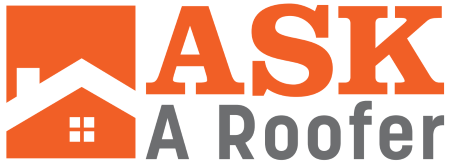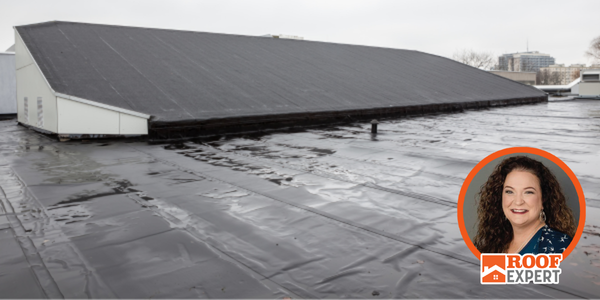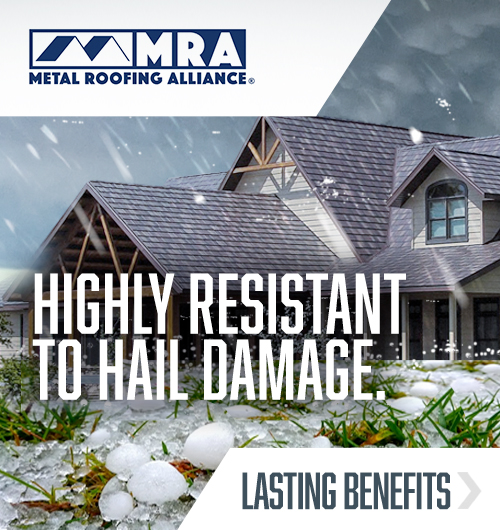How to keep your commercial roof in top shape
March 19, 2025 at 6:00 a.m.AskARoofer Expert Wendy Marvin shares pro tips for preventing costly repairs.
A roof’s primary job is simple — move water off and away from the building to protect everything inside. Whether sloped or flat, every roofing system is designed to achieve this fundamental purpose. However, when it comes to flat commercial roofs, water drainage can be a bigger challenge.
During our inspections of commercial roofs, we frequently find standing water. While flat roofs incorporate drainage systems such as tapered foam to direct water to drains and scupper drains to remove larger amounts of water, these solutions don’t always work as intended. Often, the culprit isn’t a faulty design — it’s a lack of maintenance.
The biggest issue? Neglect.
One of the most common problems with commercial flat roofs is simple neglect. Uninvolved tenants and absentee owners often fail to keep up with regular maintenance, allowing debris to accumulate. This debris can easily wash into drains, leading to severe blockages in systems designed to move water safely away—sometimes from hundreds of feet above ground.
To help you avoid expensive damage and extend the life of your commercial roof, here are our six essential commercial roof maintenance tips:
- Walk your roof regularly: Make it a habit to walk your roof at least once a month. Pay attention to where you step and wear appropriate footwear to avoid damaging the surface. If you manage a larger building, consider using drone technology to document your inspections safely and efficiently.
- Trim or remove overhanging trees: Nearby trees contribute significantly to roof debris. Keep them trimmed or, if necessary, remove them to minimize the risk of leaves and branches clogging your drainage system.
- Limit rooftop access: Restrict access to your roof, especially during weekends and after business hours. Believe it or not, we’ve found evidence of parties held on commercial rooftops — leaving behind beer bottles, food containers and even damage from unauthorized activities.
- Remove debris immediately: When inspecting your roof, bring a bucket and remove any loose debris. Leaves, trash and small objects can clog drains and lead to water pooling, which accelerates roof deterioration.
- Schedule professional inspections four times a year: Don’t wait for leaks to appear — schedule a professional roof inspection at least four times per year. Minor issues like bubbles or small tears in the roofing membrane are easy and inexpensive to fix when caught early. Left unaddressed, they can turn into major (and costly) problems. Most commercial roofing warranties include maintenance requirements, so staying on top of inspections helps you protect your investment.
- Document everything: Keep detailed records of all inspections, repairs and maintenance activities. Not only does this help preserve your warranty, but it can also work in your favor when dealing with commercial insurance providers. A well-documented maintenance history demonstrates proactive care, which may even qualify you for premium discounts with some insurers.
Protect your roof, protect your investment
A well-maintained commercial roof is more than just a protective barrier — it’s an essential part of your building’s longevity and value. By taking proactive steps, you can prevent costly damage, extend the life of your roof and ensure your business stays dry and secure for years to come.
Need help with a commercial roof inspection or maintenance plan? Reach out to our team of experts today or search your local organization like RoofersCoffeeShop for qualified companies
Wendy Marvin is the CEO of Matrix Roofing. See her full bio here.








Comments
Leave a Reply
Have an account? Login to leave a comment!
Sign In